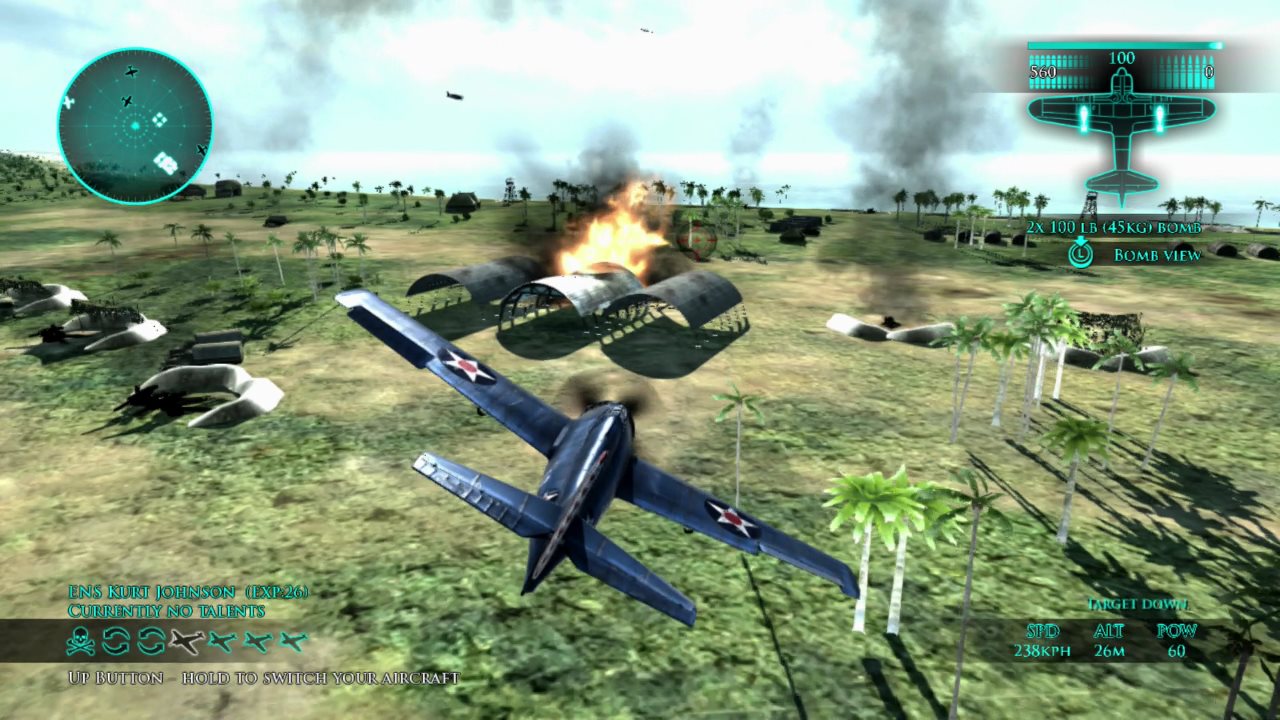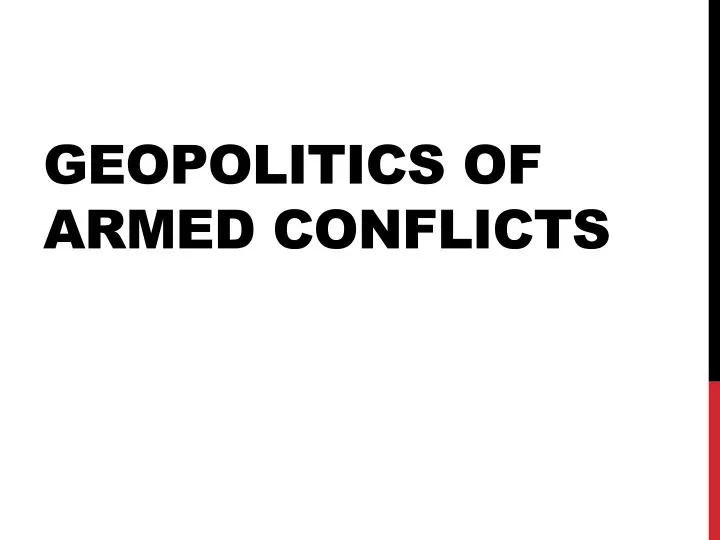

Violence seems to propagate on these scales, according to Kushwaha and Lee.Īdditionally, they found that their conflict statistics matched those from field studies such as in Eastern Nigeria, Somalia, and Sierra Leone.

The team also identified a "mesoscale" for political violence -a time scale of a few days to months and a spatial scale of tens to hundreds of kilometers. There is a similar cascading effect in armed conflicts," explains Kushwaha. "In a way evocative of snow or sandpile avalanches, a conflict originates in one place and cascades from there. Observing the dynamics of the clusters, the scientists found that armed clashes spread like avalanches. "By using this causal network, we can cluster different conflict events." "If there's a link between two cells, it means a conflict at one location can predict a conflict at another location," explains Kushwaha. The authors predicted when and where new battles would emerge by analyzing the presence or absence of battles in each cell over time. In their analysis, they divided the geographic area into a grid of cells and time into sequential slices. Kushwaha and Lee used data on violent battles in Africa between 19 from ACLED.

The approach they developed is inspired by studies of stress propagation in collapsing materials and of neural cascades in the brain. In order to investigate the many scales of political violence, the researchers turned to physics and biophysics for inspiration. "Our technique allows us to titrate between them and fill out a multiscale portrait of conflict." "We often tell multiple narratives about a single conflict, which depend on whether we zoom in on it as an example of local tension or zoom out from it and consider it as part of a geopolitical plot these are not necessarily incompatible," explains co-author Eddie Lee, a postdoctoral fellow at CSH. Conflict avalanches, with temporal bins of 64 days each.


 0 kommentar(er)
0 kommentar(er)
